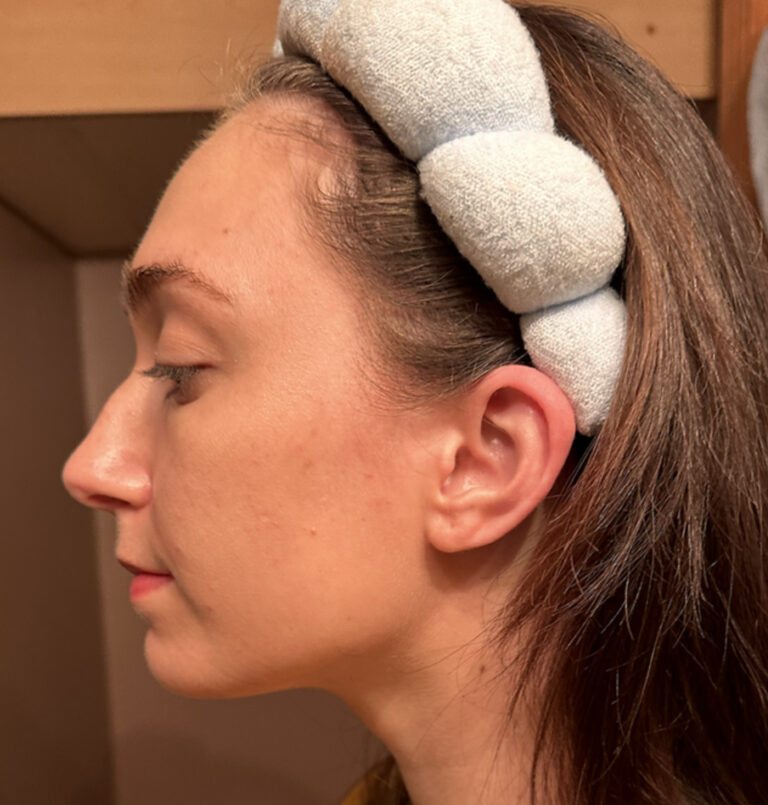Melasma, also known as chloasma, is a condition that causes uneven skin coloration. It occurs when there is an excess of skin pigmentation due to the overproduction of melanin by melanocytes, the cells responsible for producing melanin.
There are several factors that can contribute to the development of melasma, including exposure to ultraviolet light, genetic predisposition, and hormonal imbalances. Interestingly, the blue light emitted from LED screens, such as those found on cell phones, televisions, and laptops, can also play a role in the formation of melasma.
Melasma tends to appear on areas of the skin that are frequently exposed to the sun, such as the forehead, nose, cheeks, upper lip, chin, neck, arms, and back.



